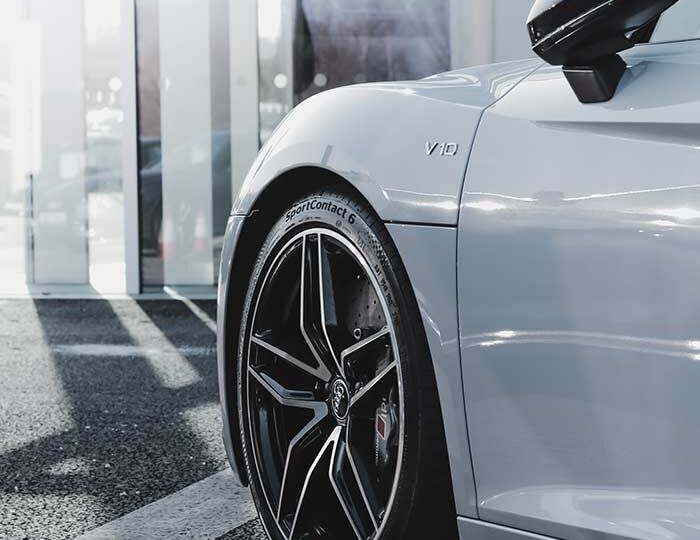
Safety on the road is the number one priority for most car drivers, because at the end of the day, everyone wants to get home safely. No matter what car you drive, the condition of your tyres is more influential in the safety of your car and the way it grips the road than almost anything else. At Safety T Tyre, we are Australia’s leading TPMS supplier, and we believe a high quality TPMS should be a part of every Australian vehicle. Whether you are purchasing a new car or performing routine maintenance to your vehicle, it’s important to understand tyre wear and damage so you can repair or replace them when you need to and maintain the safety of your vehicle.
What Are the Main Causes of Tyre Wear?
Tyres will wear over time just by general use of the vehicle, however there are a couple of things that can lead to premature tyre wear:
- Improper inflation. If the tyre is under or overinflated then it’s not able to do the job it was designed to do properly, leading to the tyre wearing unevenly. Check the air pressure in your car’s tyres at least once a month with an air pressure gauge, and don’t forget to check the spare too. The manufacturer’s air pressure specifications are usually on a placard on the inside edge of the driver’s door or along a door jamb. A TPMS is the best way to ensure your tyres are inflated correctly at all times.
- Improper wheel alignment. Wheel alignment refers to the adjustment of the vehicle’s steering and suspension components – the system that connects and controls the motion of the wheels. The key to proper alignment is to adjust the angles of the tyres and their contact with the road in accordance with the vehicle manufacturer’s specifications for parameters such as camber, toe, and caster.
Things to Look Out for When Checking Tyres
Tread Depth
The average tyre has around 8mm of tread depth when brand new. When tread depth gets down to 3mm, it is recommended you replace your tyres and at the minimum tread depth of 1.5mm, the tyres are considered worn out and must be replaced. Failing to do so and continuing to drive on tyres with this tread depth or below will severely compromise safety and may endanger your life and the lives of those on the road around you.
Tyre Feathering
A feather edge on the inside of the tread bar indicates excess toe-in, while a feather edge on the outside of the tread bar indicates toe-out. Because toe angle is affected by changes in camber and caster angles, it’s always the last angle to be adjusted during the wheel alignment process. In addition, any change in camber or caster angles will immediately change the toe angle.
Exposed Cords
Look carefully at the tread surface all around. Irregular wear can expose the braided steel cords inside the tyre. If you can see the cords, or even a few thin steel wires coming out of the tread, the tyre is dangerous.
Linear Damage
Signs of damage at the liner of the tyre, such as a stripe of wear around the sidewall that appears softer or has the presence of rubber dust, indicate that the tyre is unsafe for driving.
Uneven Tread Wear
Wear in the centre of the tyre tells you that the inflation patterns are too high. Too much pressure can cause the contact patch to shrink and the centre of the tyre to carry the entire load. Wear on the edges of a tyre will typically indicate inflation pressures are lower than specified. When a tyre is under-inflated, the contact patch grows and the load is carried by the outside edges.
If you want to keep your tyres in the best condition for as along possible, investing in a high quality TPMS is a smart solution. At Safe T Tyre, your on-road safety is our priority that’s why we source and supply the best TPMS in Australia. For more advice or to purchase yours today, get in touch with our friendly team online now or call 1800 876 700 today.

